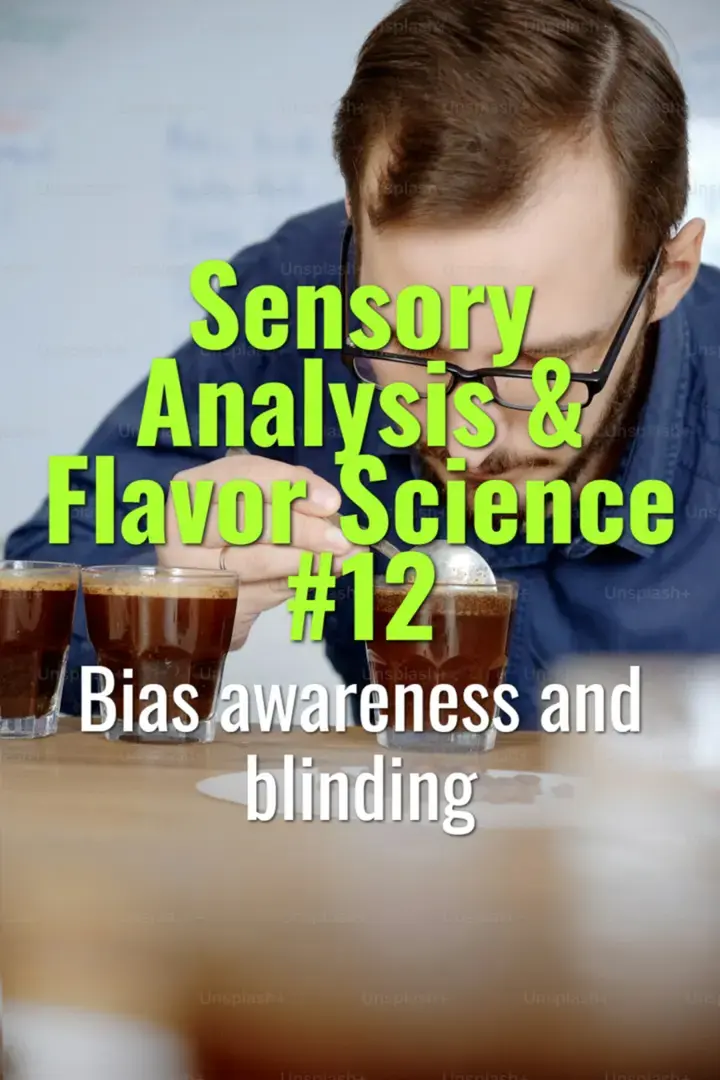Bias awareness and blinding
How bias influences sensory evaluation in coffee and how blinding techniques help ensure objectivity and reliability in cupping and testing.
- Coffee Basics Nerds
- 2 min read
Article 12 of 12 in Sensory Analysis & Flavor Science/

Why Bias Matters
- Human perception is highly influenced by expectations, context, and suggestion.
- Bias can distort sensory evaluation, leading to unfair scores or misleading conclusions.
- Awareness of bias is critical for accurate quality control and sensory research.
Common Sources of Bias
- Expectation Bias: Knowing origin, price, or brand changes perception (e.g., expecting a Panama Gesha to taste floral).
- Confirmation Bias: Looking for qualities you already believe are present.
- Groupthink: Influence from other tasters’ comments.
- Halo Effect: Positive impression in one area (aroma) influences others (aftertaste, balance).
- Order Effects: First or last samples stand out disproportionately.
- Environmental Bias: Room temperature, noise, distractions affecting focus.
Blinding Techniques
- Coded Samples: Use random numbers/letters instead of origin or brand labels.
- Double-Blind Tests: Neither server nor taster knows which coffee is which.
- Randomized Order: Prevents systematic bias from sample sequence.
- Silent Cuppings: Tasters record notes independently before discussion.
Practical Applications
- In QC: Blind samples ensure objectivity when approving lots.
- In competitions: Blinding maintains fairness for all producers.
- In R&D: Helps isolate true sensory differences from expectations.
Training Against Bias
- Regular calibration sessions to normalize scoring tendencies.
- Exercises with hidden controls (same coffee presented twice) to test consistency.
- Reflection: Recognize personal preferences (e.g., favoring naturals) and adjust scoring accordingly.
Summary
Bias is inevitable in sensory evaluation but can be managed with awareness, structured protocols, and blinding techniques. By minimizing external influence and relying on objective notes, cuppers and baristas ensure fairer, more reliable assessments of coffee quality.